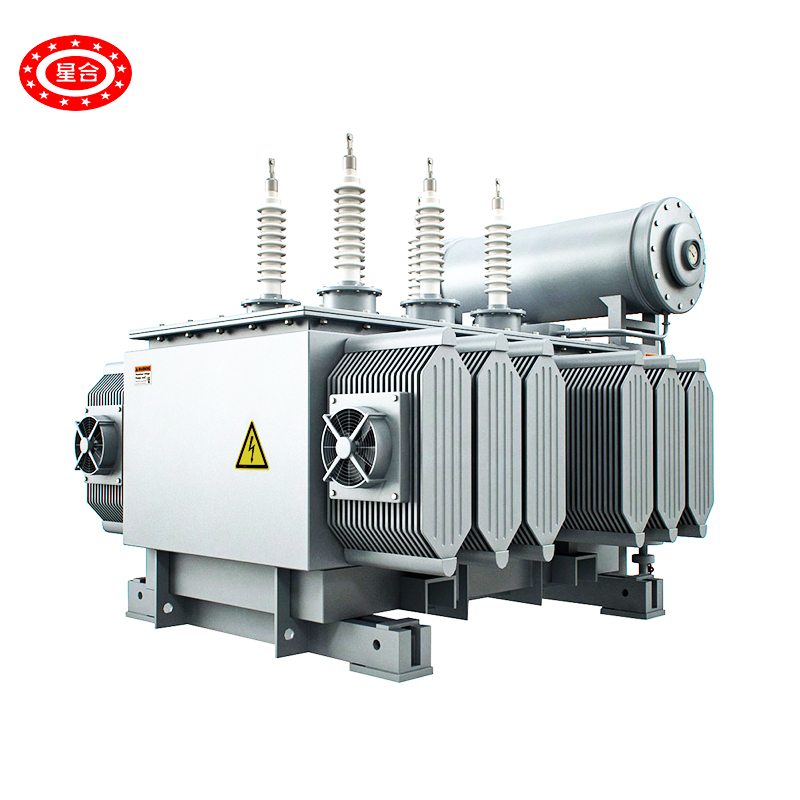
News

Any electrical equipment experiences losses over prolonged operation, and power transformers are no exception.
1. Definition and Principle Unlike copper losses, core losses in transformers are independent of the windings and current magnitude. Core losses, also known as "no-load losses," are related to the transformer's iron core and occur whether the transformer is under full load or no load. These losses are a fixed component of transformer losses. However, during operation, power loss decreases as the electric field intensity reduces.
2.Classification Core losses in transformers can be categorized into hysteresis losses and eddy current losses.
Hysteresis Losses: The transformer's operating principle is based on electromagnetic induction, facilitating voltage transformation and current variation. The magnetic flux flows through the iron core, which presents magnetic resistance to the flux, similar to how a conductor resists electric current. This resistance generates heat, resulting in losses known as "hysteresis losses."
Eddy Current Losses: When the primary winding of a transformer is energized, the magnetic flux it generates flows through the iron core. Since the iron core is also a conductor, an induced electromotive force (emf) is generated in the plane perpendicular to the magnetic lines. This emf forms a closed loop in the cross-section of the iron core, creating currents known as "eddy currents." The losses resulting from these eddy currents are termed "eddy current losses." To mitigate these losses, the iron core is made up of thin laminations, as thinner laminations increase resistance and reduce current.
3.Influencing Factors
Operating Voltage and Frequency: Core losses are affected by the operating voltage and frequency of the transformer, as these factors influence the magnetic field strength and hysteresis phenomena in the core.
Core Material: The hysteresis characteristics of the core material significantly impact core losses. Poor selection of core material can lead to increased hysteresis losses.
Manufacturing Process: The manufacturing process of the transformer, including the method of lamination and insulation treatment, also affects core losses.
4.Methods to Reduce Core Losses
Select High-Quality Core Materials: Using core materials with low hysteresis losses can reduce transformer core losses.
Optimize Manufacturing Process: Improving the lamination method and insulation treatment during manufacturing can help lower core losses.
Rational Design: During the design phase, optimizing the structural design and selecting appropriate parameters can reduce core losses.
By addressing these factors, the efficiency and operational lifespan of transformers can be enhanced, thereby reducing operational costs and improving overall performance.
Contact a Xinghe representative today to learn more about our Transformer.